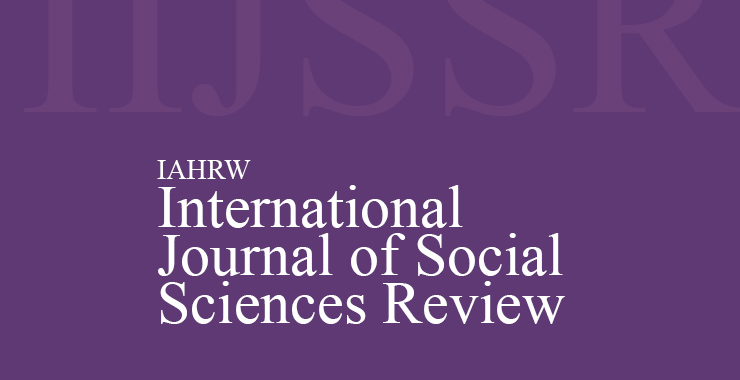Road to Nowhere? Evaluating the Impact of Transport Infrastructure on Local Economic Development in Greater Tzaneen Municipality, Limpopo, South Africa
Original price was: ₹ 201.00.₹ 200.00Current price is: ₹ 200.00.
Page: 549-555
Refilwe Erna Maenetja (Department of Public Administration, University of Limpopo, Polokwane, South Africa)
Description
Page: 549-555
Refilwe Erna Maenetja (Department of Public Administration, University of Limpopo, Polokwane, South Africa)
Transport infrastructure is a fundamental catalyst for local economic development, as it directly impacts business operations, investor attraction, and the general quality of life in communities. In South Africa, as stipulated by the Constitution and supported by the National Land Transport Act, are entrusted to develop, implement, and manage legislation and policies related to land transport within the jurisdictions of the respective municipalities. However, the legacy of apartheid and post-apartheid financial mismanagement has left significant gaps in infrastructure, particularly in the Greater Tzaneen Municipality (GTM). These challenges are compounded by corruption, insufficient funding, and a lack of skilled personnel, despite various national efforts to address the deficit, including Public-Private Partnerships (PPPs). As the paper argues, while the government’s role in financing transport infrastructure is undisputed, local municipalities must find innovative ways to bridge the gap. The South African experience offers valuable lessons, particularly from the City of Johannesburg, whose well-maintained and integrated transport systems serve as a model for smaller municipalities. However, ‘there is no denying the elephant in the room’ transport issues in many areas, especially rural ones, are simply not roadworthy for economic growth. As emphasized by the Development Bank of South Africa (DBSA), “well-developed infrastructure reduces production and consumption costs”, a notion that GTM must embrace, if it ever hopes to grow beyond its pothole-riddled roads. Through improved planning, investment, and collaboration, GTM can begin to tackle its transport infrastructure issues head-on. ‘A stitch in time saves nine’, or in the case of transport infrastructure, one investment might save a whole lot of time, money, and frustration. The findings of this study indicate a strong correlation between transport infrastructure and local economic development (LED), suggesting that investment in transport infrastructure plays a crucial role in fostering local economic growth. A qualitative-research approach was employed in this study to gather in-depth information on the phenomenon under study.

